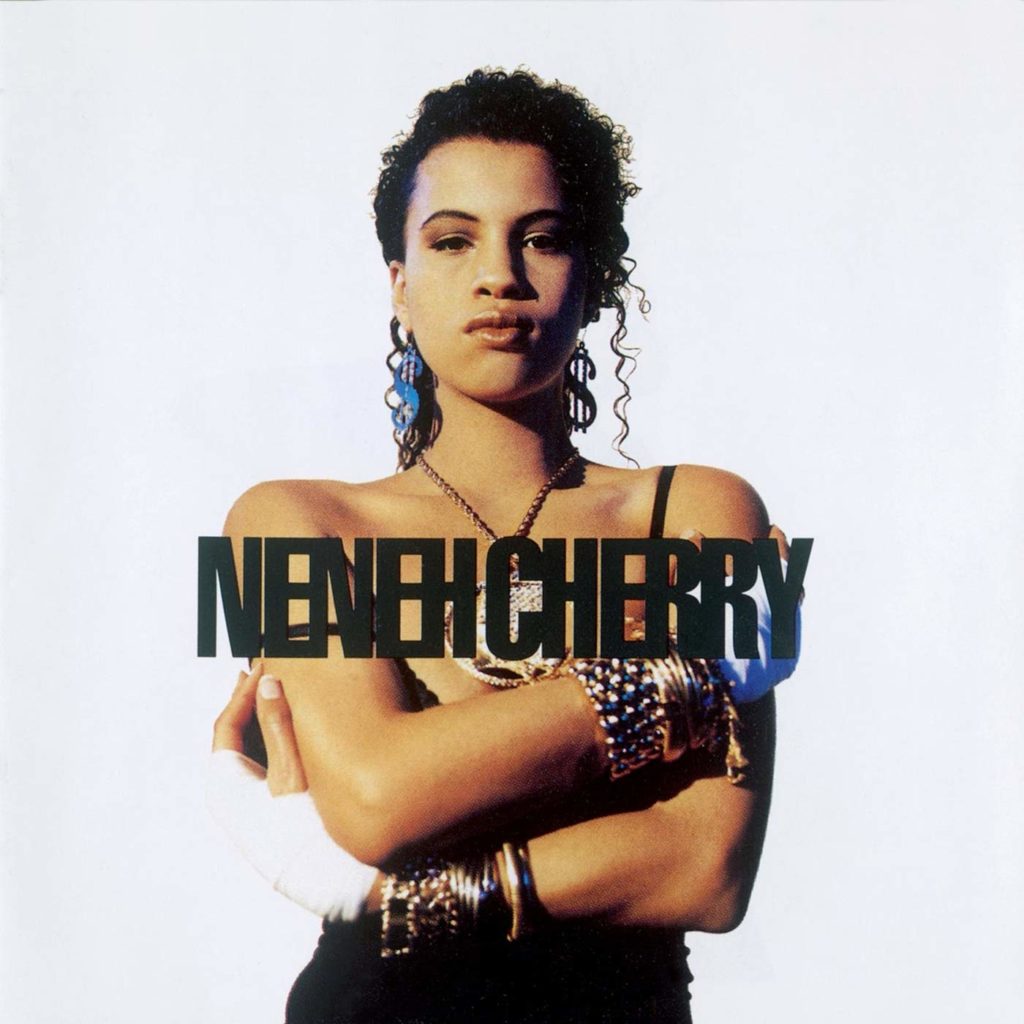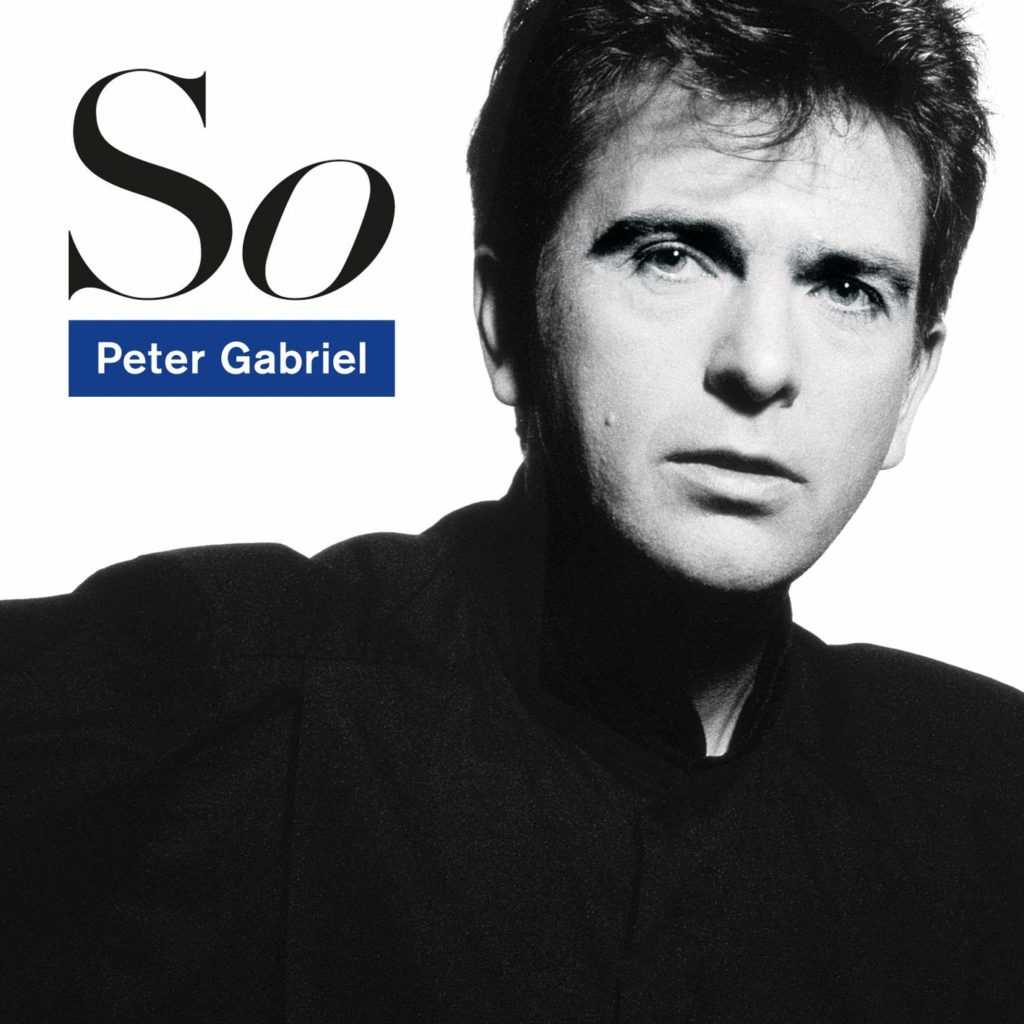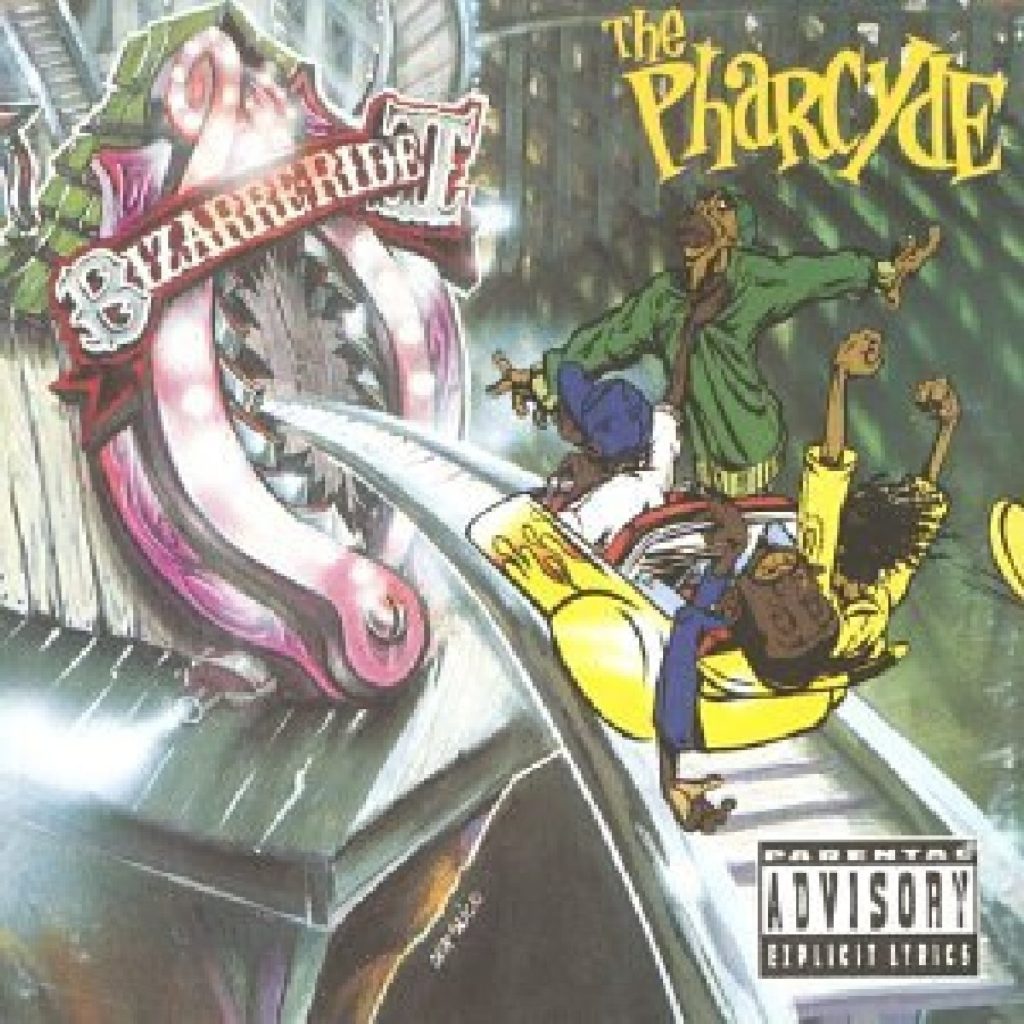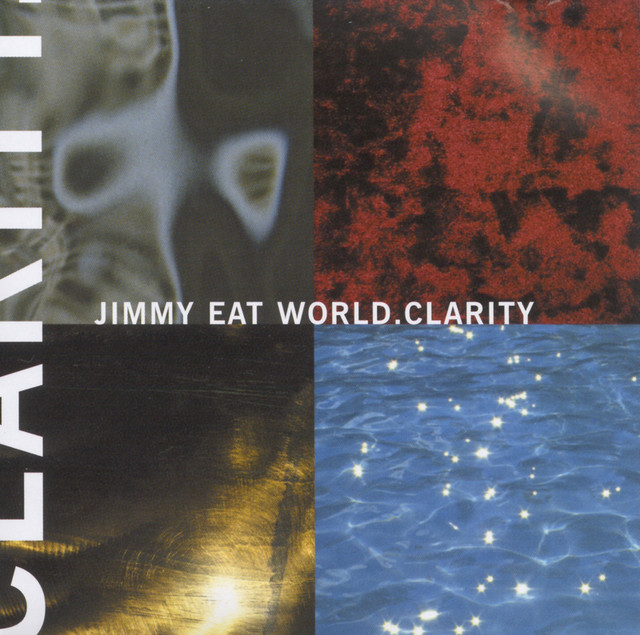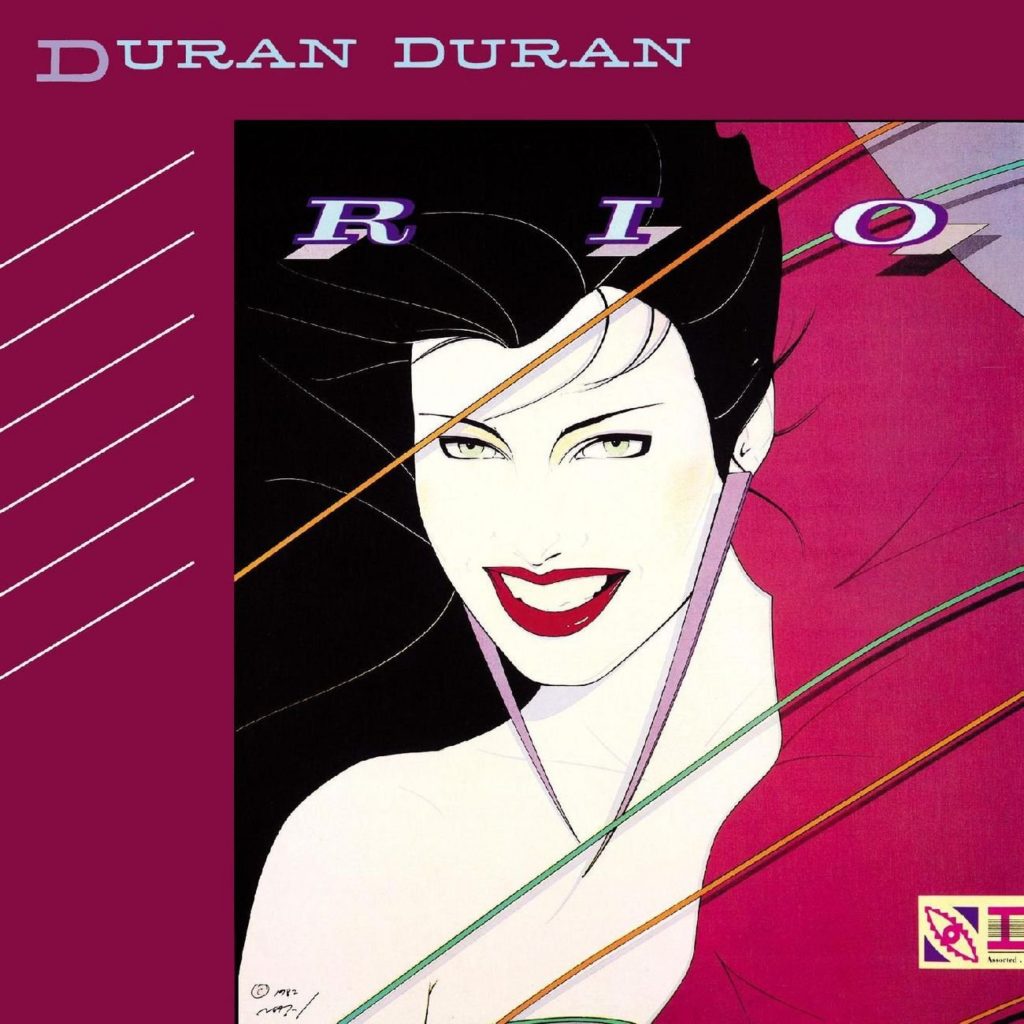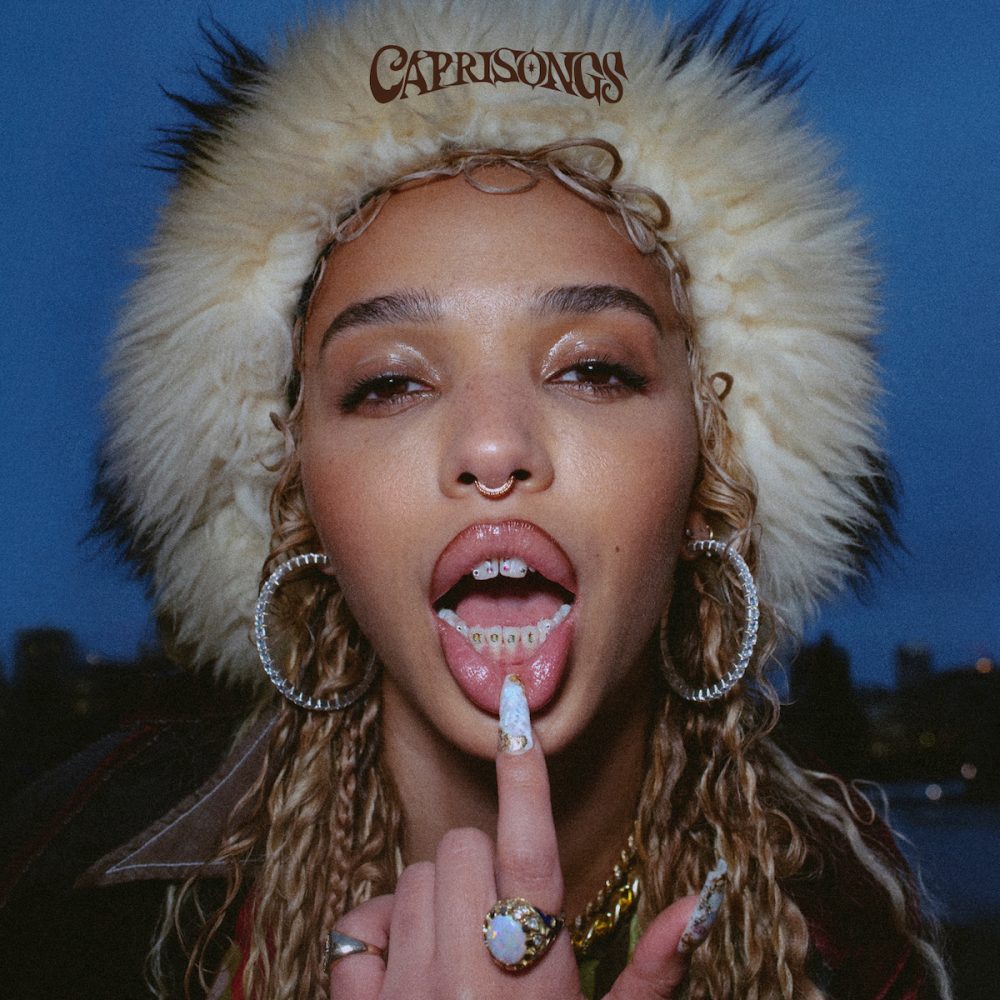Album Review: Missy Elliott – Supa Dupa Fly (#MWE)

“Welcome y’all, to the Timbaland and Missy Hit Factory…. A lot of people try to sneak in and get the ingredients…. But I am the man behind the ingredients…. So please, come to me with the recipe baby.”
Timbaland’s resume is pretty impressive; he’s built beats for some of the most important names in hip-hop, R&B, and pop. Anyone who has casually followed popular music for the past 25 years knows this. But no matter what he does, he will forever be linked to the work he did with Missy Elliott, the most dominant, the most influential, and probably the most talented, female MC of… all time? Together, on Missy’s debut Supa Dupa Fly and elsewhere, they constructed a blueprint of collaboration that few have been able to rival. And it seemed fully formed when it arrived, via this album, in 1997.
Missy, for her part, is a chameleonic force on each track, able to bend and mold her voice, whether singing or rapping, to fit the style Timbaland’s futuristic, slippery, and downright funky production required. While Elliott was well on her way to inspiring generations of MCs with her laid-back flow and iconic presentation, Timbaland was gradually crafting a signature sound by making the studio a chemistry lab for eccentricity.
The unmistakable Busta Rhymes opens the proceedings with a classic verse structured around propulsive ad-libs. From there, the next voice we hear is Lil Kim; Missy is building anticipation for her intro with an impressive duo of opening acts. The first time we hear her voice on “Hit ‘Em Wit Da Hee,” she isn’t rapping, but singing, already showing off her dexterity on her debut album, alongside a funky slap-bass sample. The big-beat 90s hip-hop anthem “Sock It 2 Me” is next, in all its horn-hook and plinking piano glory.
The album is a cornucopia of who’s who in mid-90s rap, with features from Da Brat, 702, Ginuwine, Aaliyah and more. The most prominent guest star, of course, is emerging producer Timbaland, who lends his vocals to a few tracks in addition to innovating work behind the boards.
Timbaland was only dipping his toes into the trademark idiosyncratic sonic choices he’s now famous for, but you can hear glimmers on album highlight “The Rain.” The track also acts as our first listen of a rapping Missy, whose laconic flow pairs well with Timbaland’s echo-y ad-libs, bouncing liquid bass, creeping beat, and foundational Ann Peebles single. The song sounds deceptively minimal compared to what Timbaland would create in the future; there’s actually a lot going on behind MIssy’s bars.
We get another futuristic, albeit busier taste, of what Timbaland brings to the album on “Beep Me 911.” Missy’s croon confidently slides around an energetic wave of funky sounds, unfazed by the extraterrestrial madness around her. Popping percussion and gibberish bars are the standouts on “They Don’t Wanna Fuck With Me,” while “Pass Da Blunt” playfully interpolates Musical Youth while Timbaland beat boxes. The duo then brings in Ginuwine for a vocoder-heavy slow jam in “Friendly Skies.”
The pair are perfectly in sync throughout; when Timbaland pivots to soul, Missy leans in with a dynamite singing verse. When he goes off-kilter with skittering beats, Missy brings surreal, humorous bars to fit the vibe. Though sometimes dropping free association verses, the lyrical theme is consistent – Elliott delivers memorable statements on modern womanhood, relationships, and respect.
With Supa Dupa Fly, Missy and Tim concocted a recipe indeed – one that would be attempted several times over. But decades later, there ain’t nothing like the real thing.
Score: 8/10

